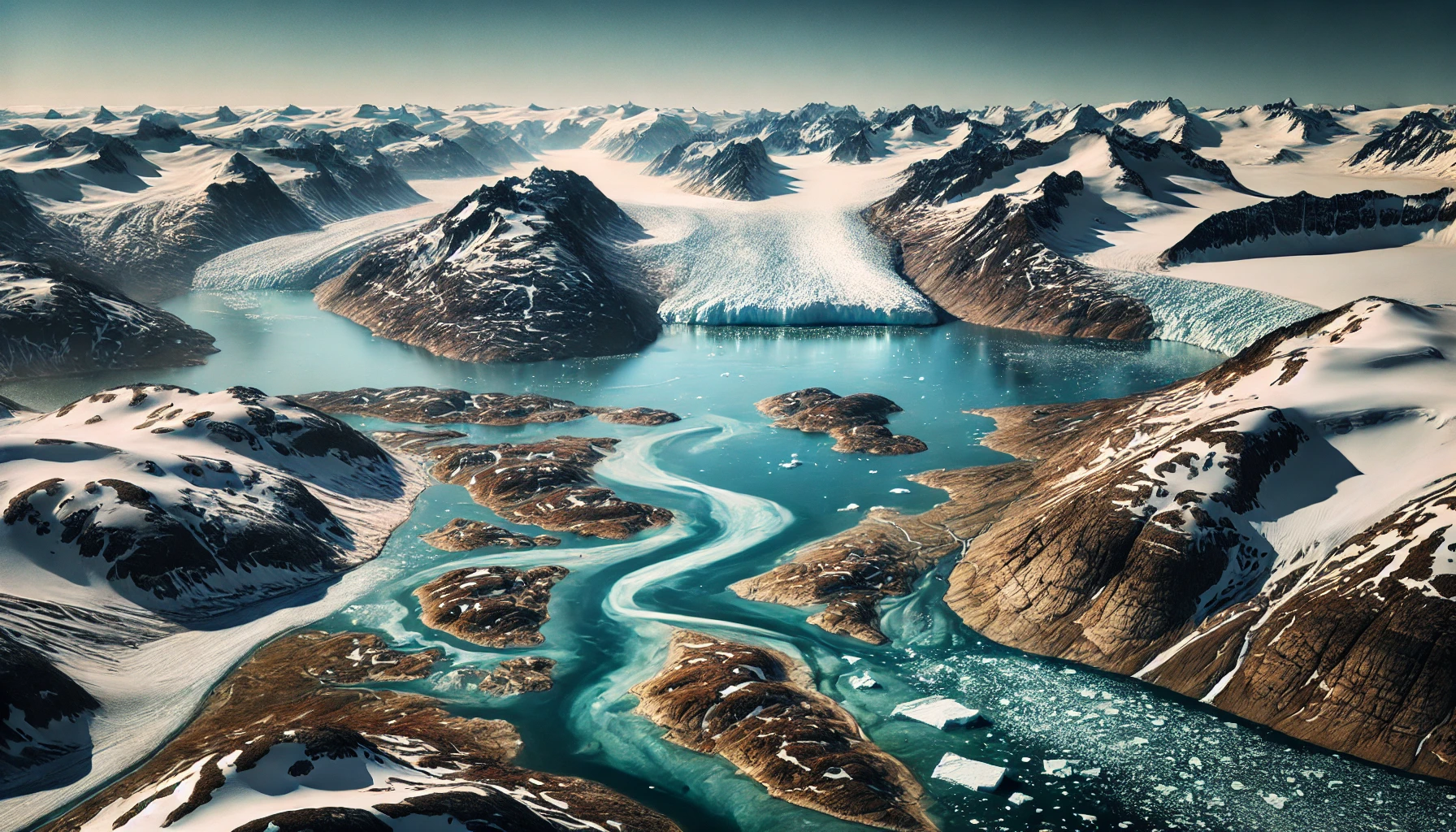Greenland, the world’s largest island, has drawn global attention for its immense strategic importance and economic potential. Recently, it became a topic of significant interest when the Trump administration considered acquiring it as a U.S. state. While this proposition sparked discussions globally, it also underscored Greenland’s relevance in geopolitics and resource exploration.
Historical Context of U.S. Interest in Greenland
Although the idea of purchasing Greenland might seem novel, the United States has shown interest in the island for decades. During the Cold War, Greenland served as a key strategic asset for monitoring Soviet activities. Even earlier, in 1946, the Truman administration made an unsuccessful $100 million offer to Denmark to acquire the island. Clearly, Greenland’s value to the U.S. is deeply rooted in its strategic location and potential.
Why Greenland Holds Strategic Importance
Geographically, Greenland lies at the intersection of North America and Europe, making it a vital hub for Arctic operations. This location offers several strategic advantages:
- Military Significance: Greenland hosts the Thule Air Base, which is the U.S. military’s northernmost installation. It plays a critical role in missile defense and space surveillance.
- Arctic Navigation: As Arctic ice melts, new sea routes are opening, positioning Greenland as a gateway for maritime trade.
- Geopolitical Influence: Greenland’s proximity to Russia and Canada enhances its role in global geopolitics.
For these reasons, many nations view Greenland as an invaluable asset for asserting influence in the Arctic.
Greenland’s Economic Potential
Apart from its strategic significance, Greenland boasts a wealth of untapped natural resources. As climate change continues to melt ice caps, these resources have become more accessible, increasing the island’s economic value.
Key Resources in Greenland
- Rare Earth Minerals: Critical for electronics and renewable energy technologies.
- Oil and Natural Gas: Greenland is believed to have substantial energy reserves beneath its ice.
- Fisheries: The island’s waters are teeming with marine life, supporting a thriving fishing industry.
In light of these resources, Greenland presents lucrative opportunities for economic development, not just for Denmark but for any nation with vested interests.
U.S. Motivations Behind Greenland Acquisition
The Trump administration’s interest in Greenland stems from a combination of strategic and economic factors. First, the U.S. seeks to secure its position in the Arctic, particularly as other nations like China and Russia expand their presence. Moreover, controlling Greenland’s resources would allow the U.S. to reduce dependency on foreign imports for rare earth elements and energy.
However, Denmark and Greenland have both opposed the idea of such an acquisition. It remains an autonomous territory of Denmark, and its leaders have emphasized their right to self-determination.
Economic Opportunities for Greenland
If it were to capitalize on its vast resources, its economy could see transformative growth. Key sectors poised for development include:
- Mining: Extraction of rare earth minerals could make Greenland a global supplier of critical resources.
- Renewable Energy: The potential for hydropower development is enormous, given the island’s glacial meltwater.
- Tourism: Greenland’s stunning landscapes and unique culture attract adventurers from around the globe.
While these opportunities hold promise, sustainable development must remain a priority to preserve Greenland’s fragile ecosystem.
Challenges Greenland Faces
Despite its potential, it is not without challenges. These include:
- Climate Change: Rapid ice melting threatens its environment and global sea levels.
- Infrastructure Gaps: The harsh terrain and extreme weather make infrastructure development costly.
- Limited Population: With just over 56,000 residents, workforce shortages are a concern.
Addressing these challenges will require a delicate balance of economic growth and environmental protection.
Global Implications of U.S. Interest in Greenland
The Trump administration’s proposal to acquire it sparked debates worldwide. While some viewed it as a bold geopolitical move, others saw it as unrealistic. Nevertheless, it underscored the growing importance of the Arctic in global affairs. The region has become a focal point for military strategies, trade routes, and resource competition. As such, Greenland’s role on the global stage is likely to expand.
How it Could Benefit from Increased Attention
It stands to gain from heightened interest, provided its sovereignty is respected. Increased foreign investment could lead to:
- Improved Infrastructure: Better transportation and communication networks.
- Job Creation: New industries would provide employment opportunities.
- Technological Advancements: Collaboration with global powers could spur innovation.
By managing partnerships wisely, it can secure a prosperous future while retaining its autonomy.
Greenland’s Role in Arctic Governance
As the Arctic becomes increasingly contested, Greenland plays a vital role in shaping the region’s governance. Denmark, which oversees Greenland’s foreign affairs, actively participates in Arctic Council meetings. Through these platforms, Greenland can advocate for sustainable policies and international cooperation in the Arctic.
Conclusion
Greenland’s strategic significance and resource potential make it a key player in the Arctic. While the Trump administration’s interest in acquiring Greenland brought global attention to the island, it also highlighted the need for balanced development and international cooperation. As global powers continue to eye the Arctic, Greenland’s role will undoubtedly grow, shaping its future and that of the region.










